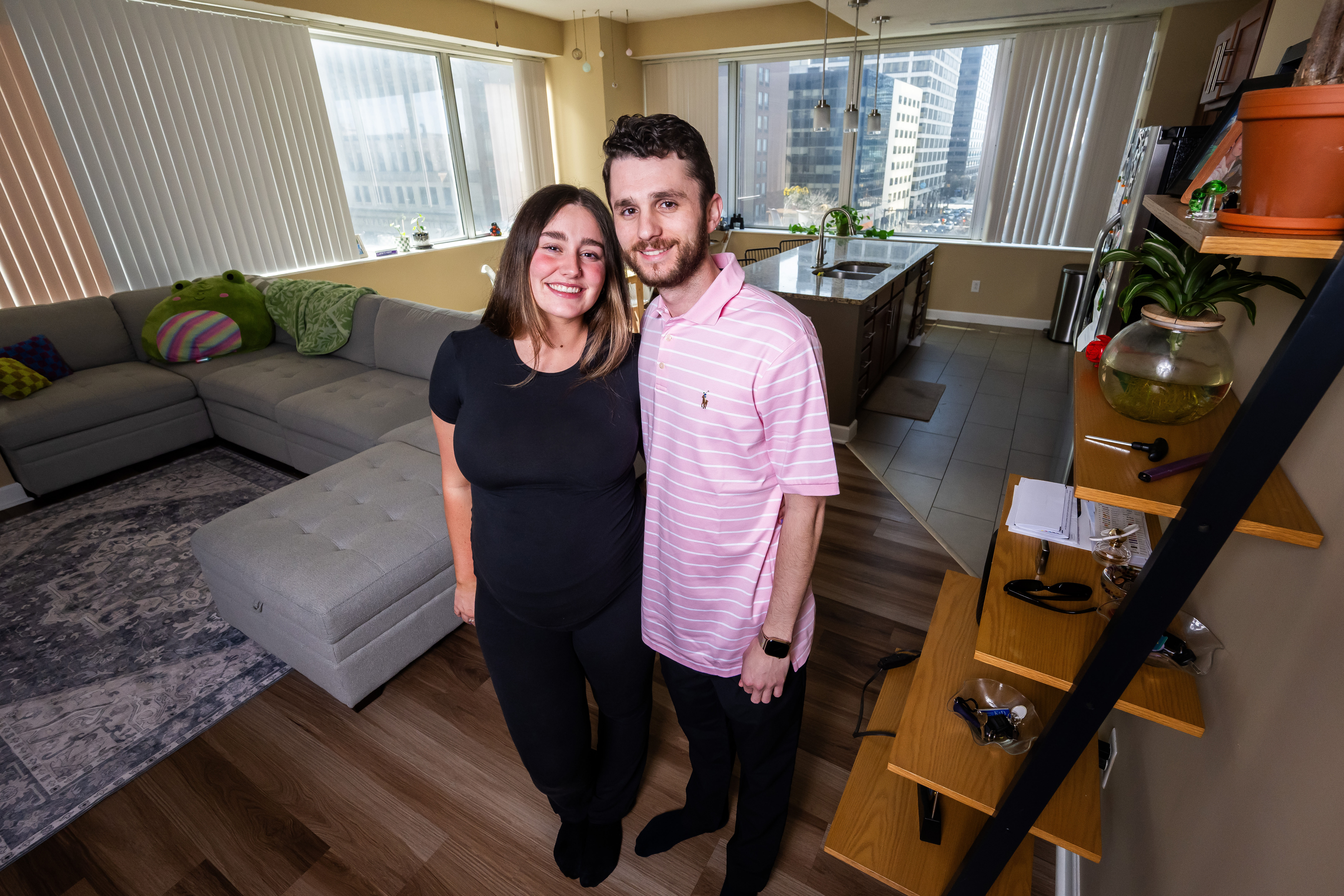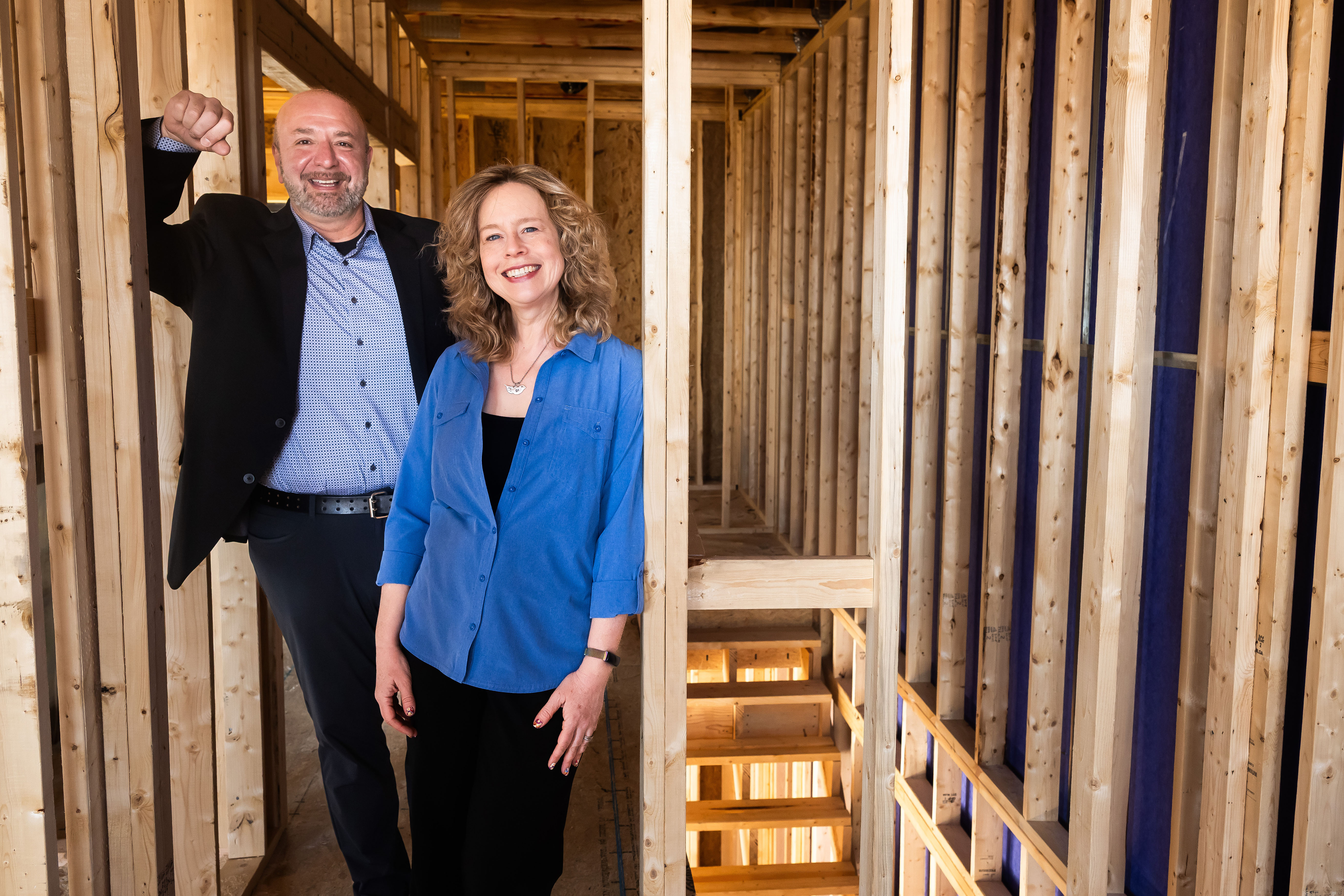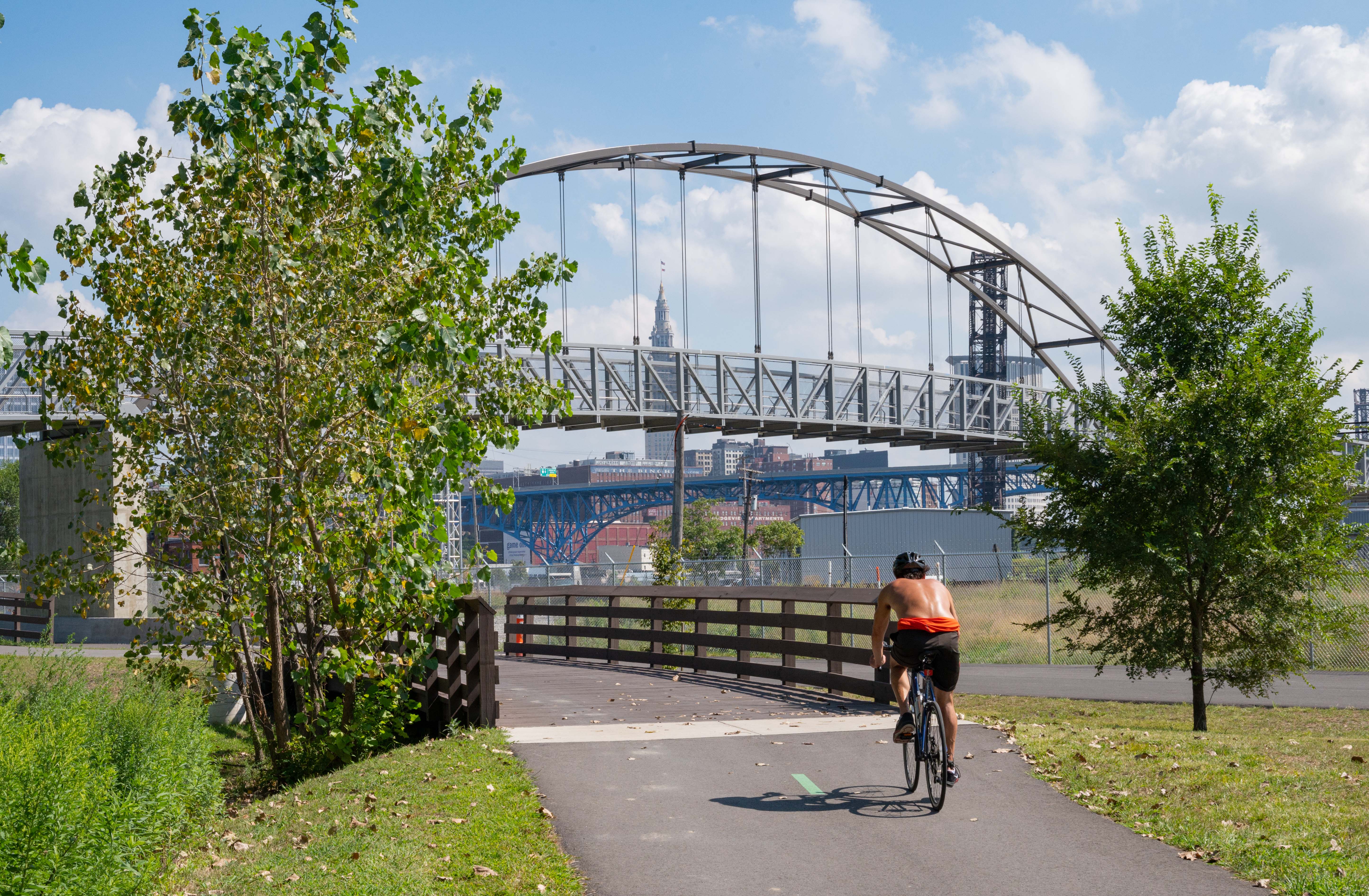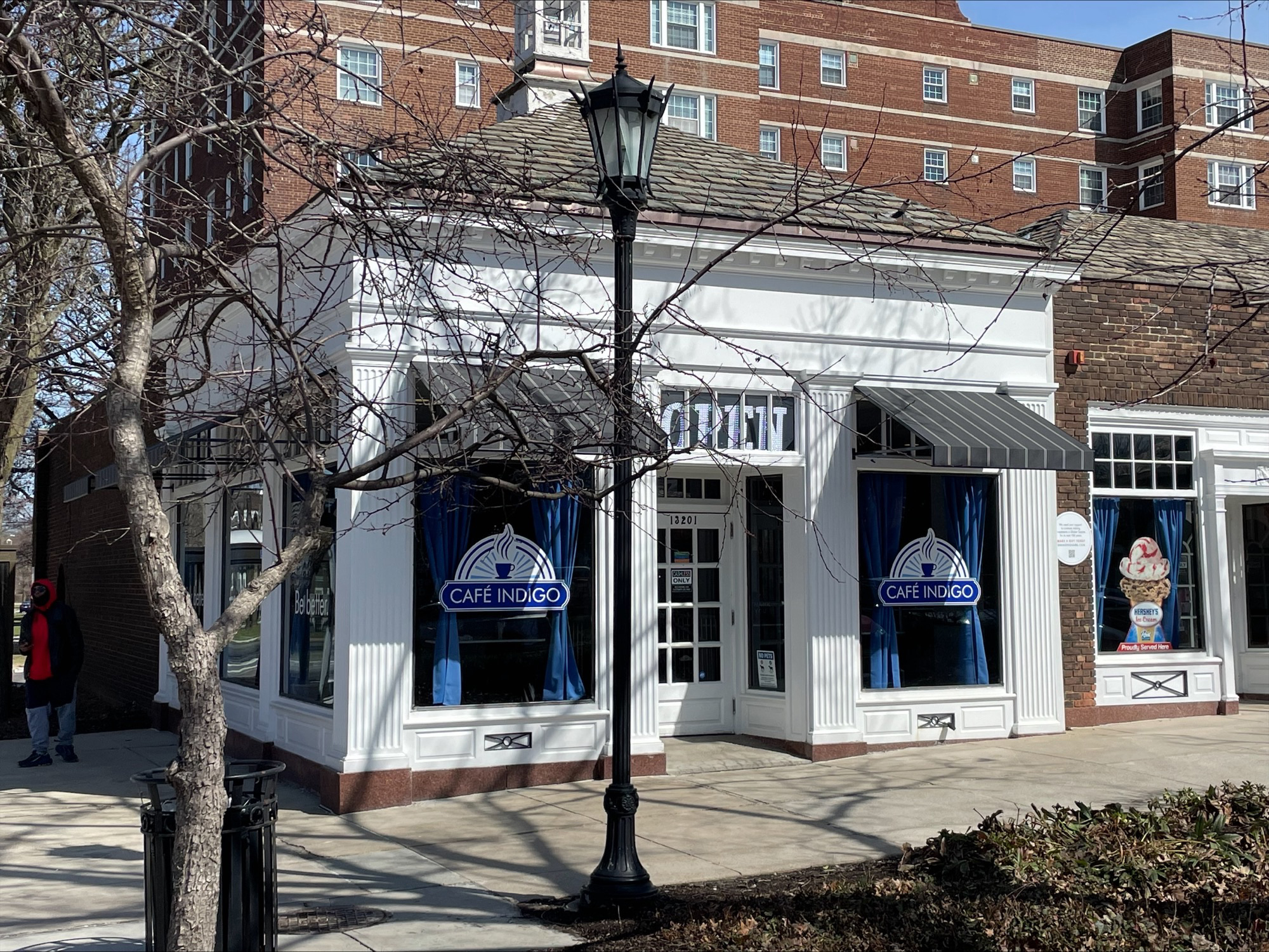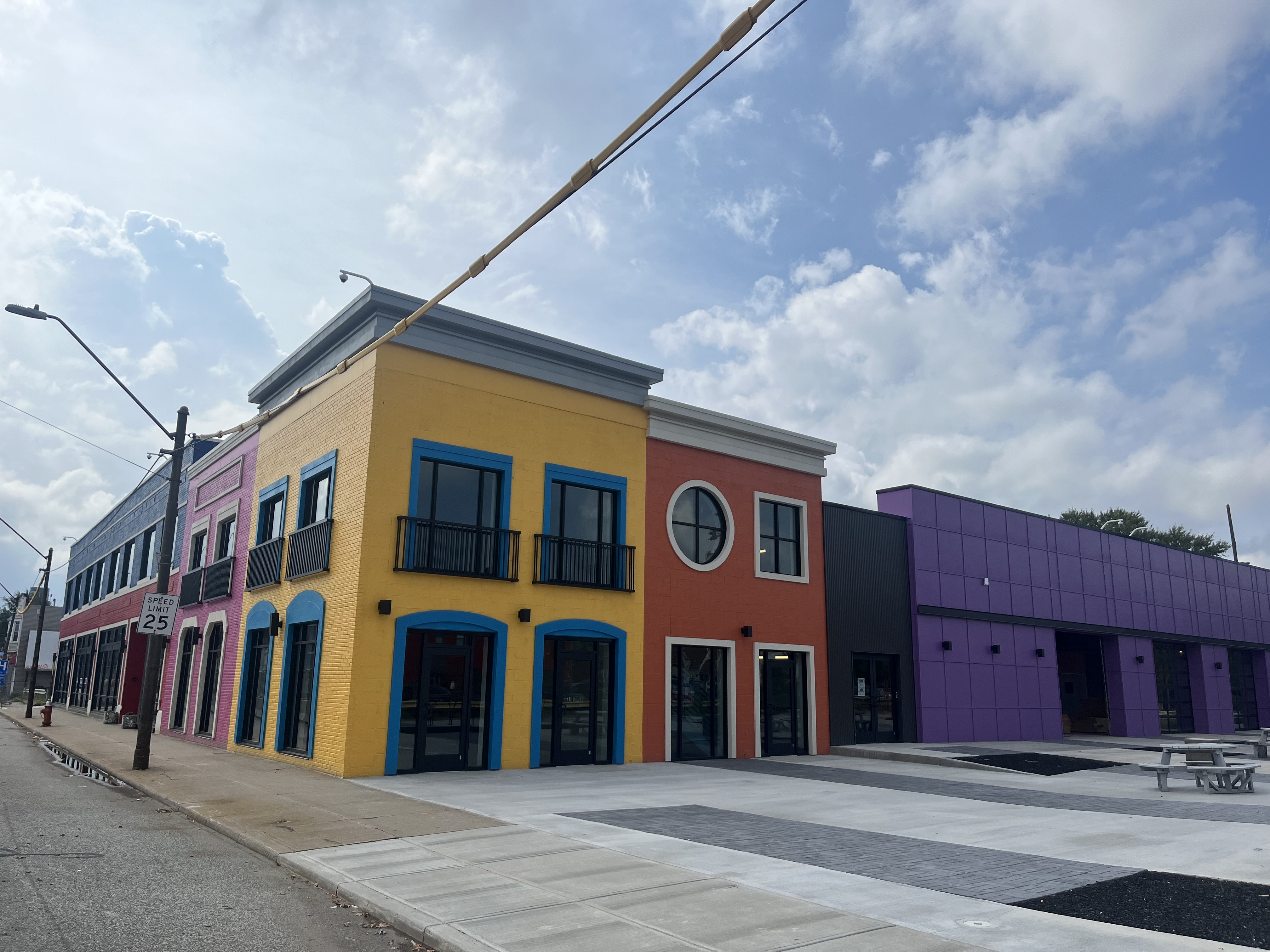Makings of Cleveland's Middle Neighborhoods Initiative
Discover how funding and a formal initiative will help restore housing and commercial development to sustain a legacy of accessible housing, walkable communities and local businesses.
by Kristen Hampshire — Partnership Content | Jun. 5, 2024 | 4:00 AM
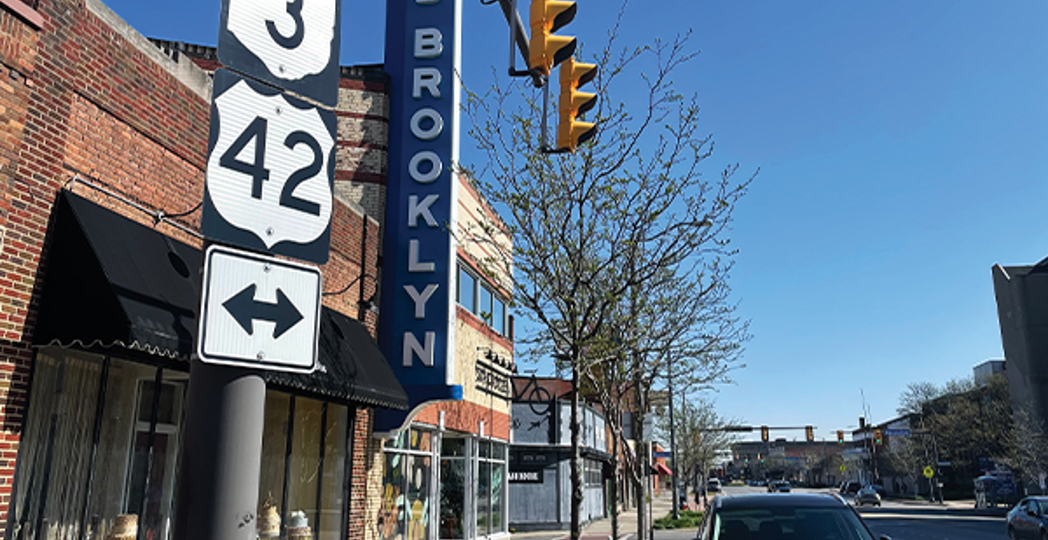
Courtesy Jeff Kipp, Courtesy Cleveland Neighborhood Progress
They’re stable, sustainable and can offer a city lifestyle. They aren’t the most or least invested neighborhoods — they’re in the middle and accessible urban, walkable communities. Middle Neighborhoods on the fringe of the inner ring are in an opportune position to attract homeowners and business.
These are longtime, family-centric areas in Cleveland with single-family homes, mom-and-pop businesses and generations who have stayed. They’re often legacy neighborhoods. While there hasn’t been a lot of change, this also means evolution and preservation is essential.
“The middle neighborhood is essential for keeping the balance because if there is only low-income or high-income, where is there to grow?” says Dannette Davis, the City of Cleveland’s Middle Neighborhood project director.
Davis relates. She grew up on Cleveland’s southeast side and remembers thinking as a girl, “I’m going to get a job and buy a nice house with a big back yard in Collinwood or Glenville,” she says, remarking that middle neighborhoods on the fringe of inner-ring suburbs are “essential to life in America.”
“These are walkable places in the city where residents can afford to live, and they have other choices,” says Tania Menesse, president and CEO, Cleveland Neighborhood Progress (CNP).
In August 2023, Cleveland City Council approved a middle neighborhoods effort, earmarking $7.3 million of federal revenue recovery funding it received combined with an additional $3-million pledge from the state. CNP has also secured investments from philanthropic partners including Rocket Community Fund.
The initiative targets four neighborhoods: Old Brooklyn, Jefferson-Puritas West Park, Collinwood-Nottingham and North Shore Collinwood, and Lee-Harvard. Funds will rehabilitate 200 homes overall and roughly six commercial investments per neighborhood, says Briana Perry, CNP’s senior vice president of equitable neighborhood revitalization.
Menesse adds, “These are longtime Cleveland neighborhoods with mature trees, parks and sidewalks — amenities people often associate with suburbs.”
Where to Grow
The Middle Neighborhoods initiative is a growing national movement to address the long-term viability of cities where there is a trend of eroding homeownership, predatory investors and aging buildings. But these communities are in prime locations, offer housing within reach, are typically diverse and offer conveniences.
There’s an attractive lifestyle ready to go with some rehab investment that the Middle Initiative aims to achieve.
“Middle neighborhoods share three things in common,” says Bryan Gillooly, executive director, Jefferson-Puritas West Park CDC. “One is relative stability with the threat for instability, and we maintain our population. We are not experiencing complete disinvestment or flight. We also have a lot of diversity.”
This is true across middle neighborhoods, but each community has different nuances.
There is untapped opportunity in middle neighborhoods to trigger a chain reaction of rehabilitation, investment and home ownership. It’s city life and family-centric, close to the city core and features numerous assets and urban living amenities.
“We believe with some really targeted intervention in specific areas of these neighborhoods, we can move the market,” Menesse says, adding that middle neighborhoods “are almost market ready.” If a half-dozen rehabilitated homes can lift appraisals and generate real estate comparables, existing homeowners will realize equity, families will stay in the city and new residents will move in.
Perry says, “Buyers have opportunities to choose suburbs where they can get a home office, a fourth bedroom, another bathroom or a finished attic. We’re focusing on how our investments can make middle neighborhood houses more competitive.”
There’s the housing piece, which includes working with existing property owners and enlisting in local contractors to update and breathe new life into about 10 homes per target neighborhood per year for the next three and a half years. Partnering CDCs have additional development initiatives, Perry adds.
The commercial investment piece involves white box efforts to create a blank canvas in business real estate with electrical, HVAC, utilities and dry wall to bring spaces up to code.
“We will also work with commercial property owners on signage improvements and storefront renovations,” Perry says of additional grants, noting a goal to draw new tenants and more traffic.
Sustaining walkable commercial corridors and providing opportunities for in-demand services and retail is essential for maintaining middle neighborhood stability. “If you have no economic center and people have to travel to get their resources, what reason would they have to stay?” Davis asks.
Already, Cleveland’s middle neighborhoods have a solid foundation of commercial business. For instance, Lee Harvard Shopping Center is 90% occupied, says Elaine Gohlstin, president and CEO of the Harvard Community Services Center.
“That is a lot we can hang our hat on, but we need a new look and to give our businesses dollars to repurpose their businesses so they continue to stay in the community,” Gohlstin adds.
An infusion of middle neighborhood investment is designed to secure a vital future and provide access to homeownership and a desirable city lifestyle.
Here is what’s underway and on the development docket in Cleveland’s four target middle neighborhoods. The hope is to prove success and repeat the model in other middles.
Trending
-
1
-
2
-
3
-
4
-
5

